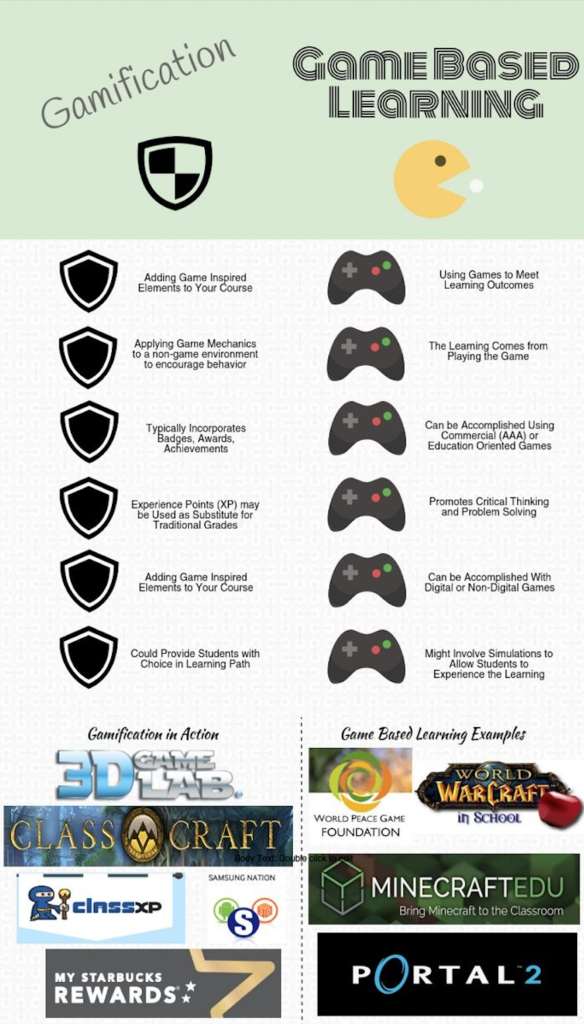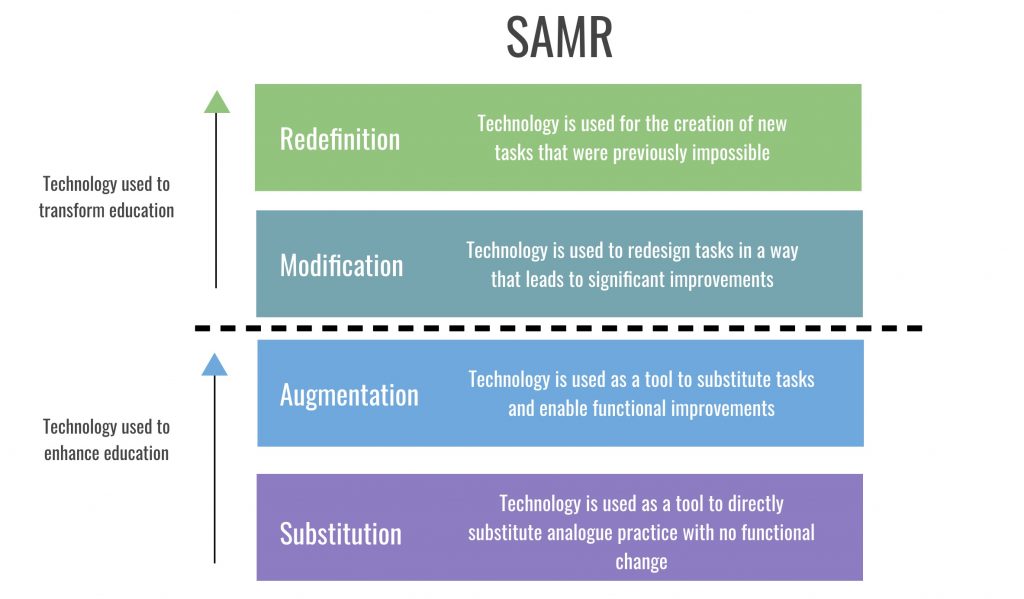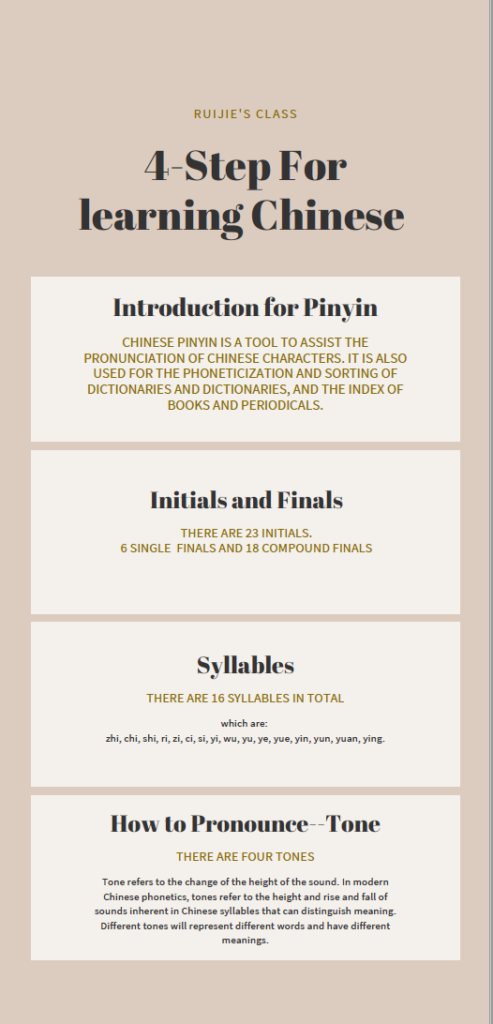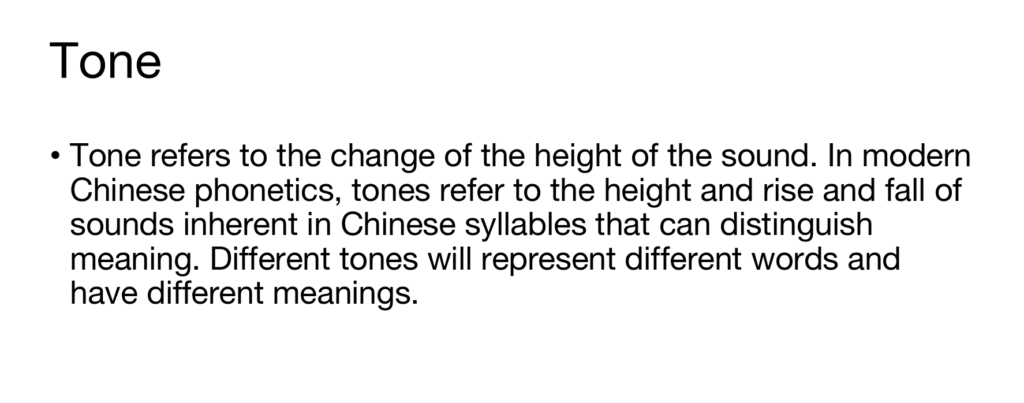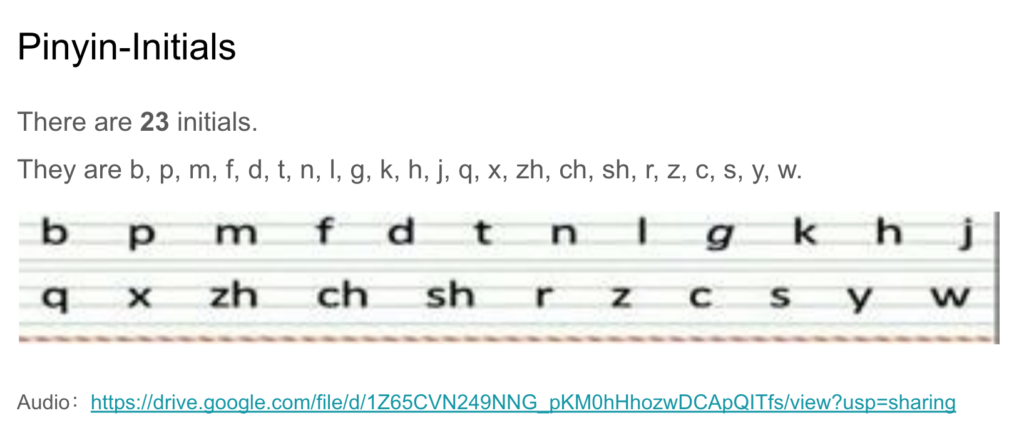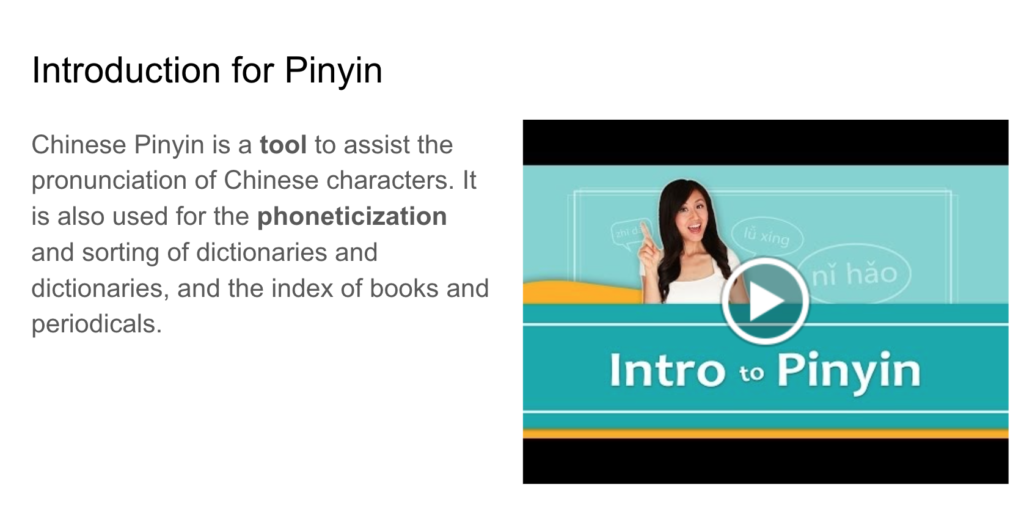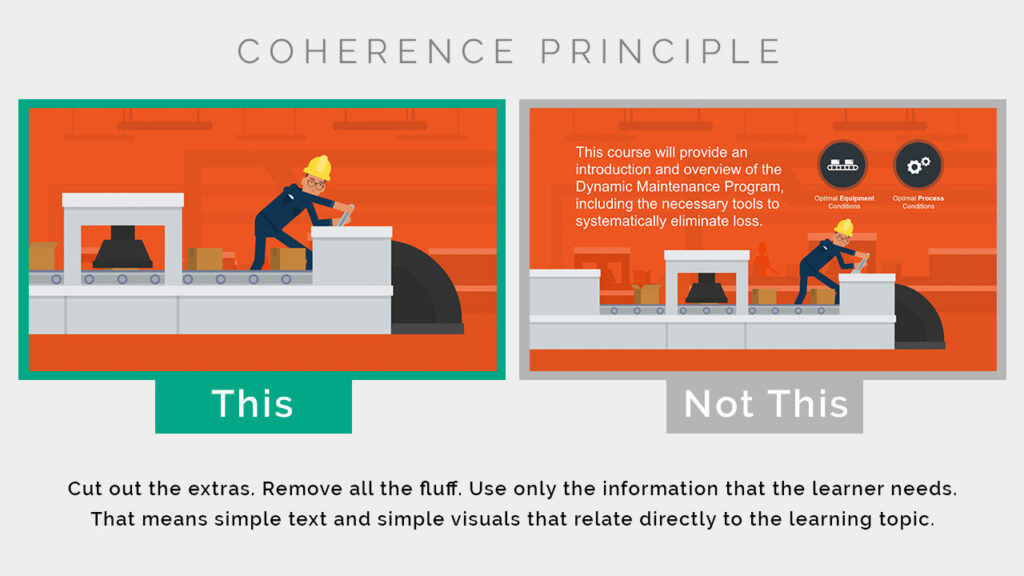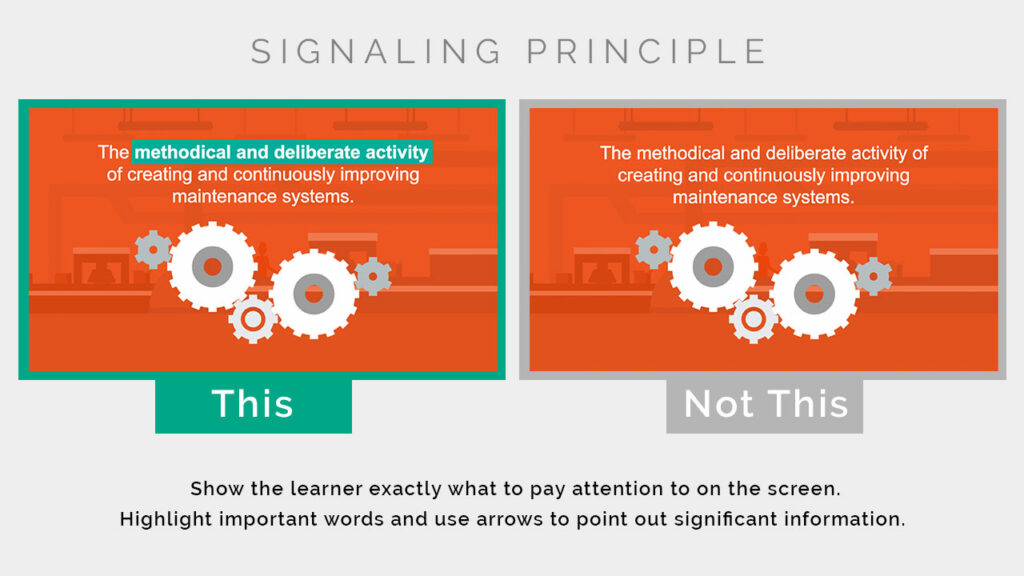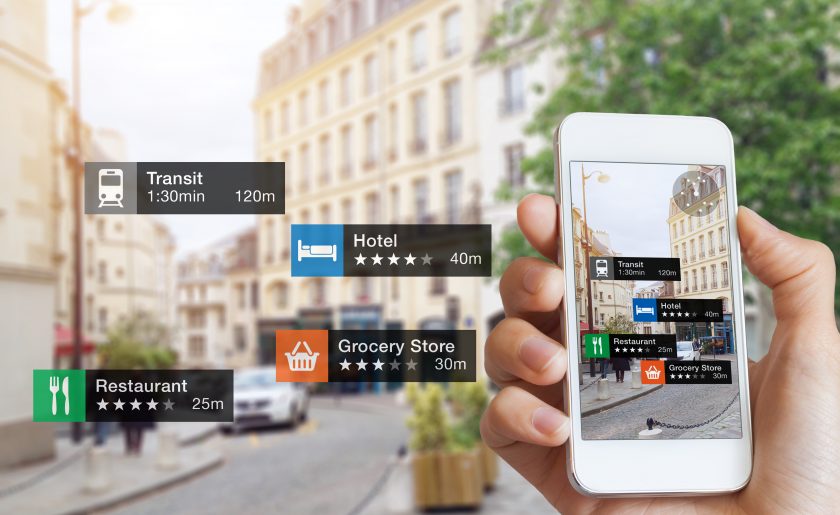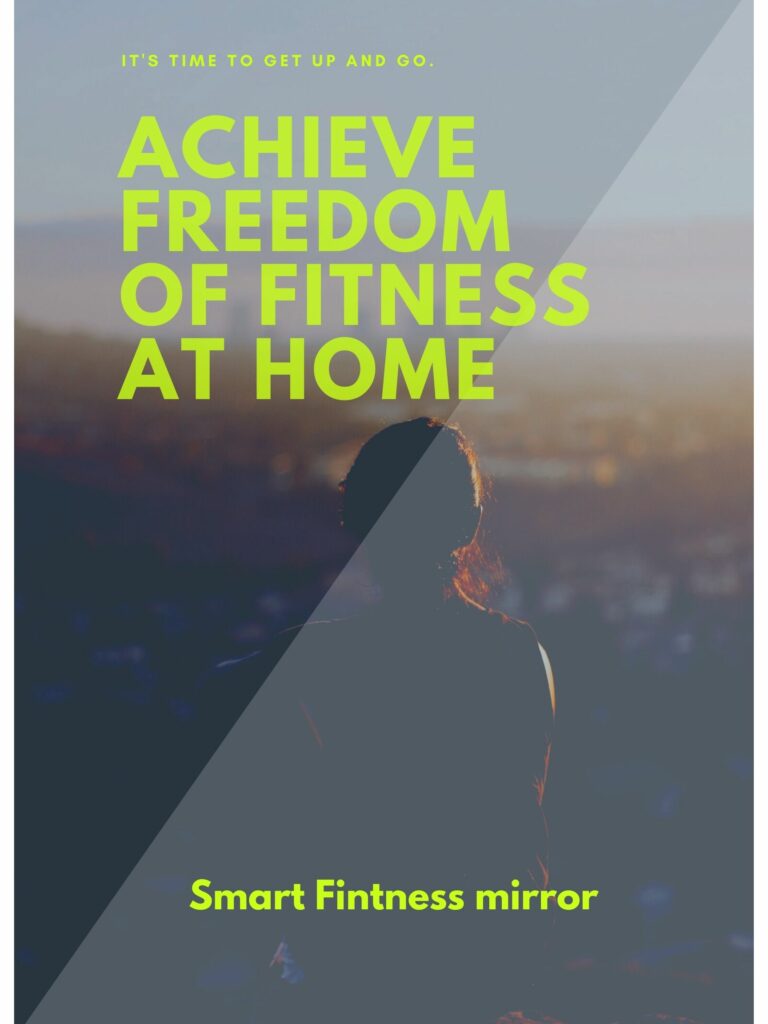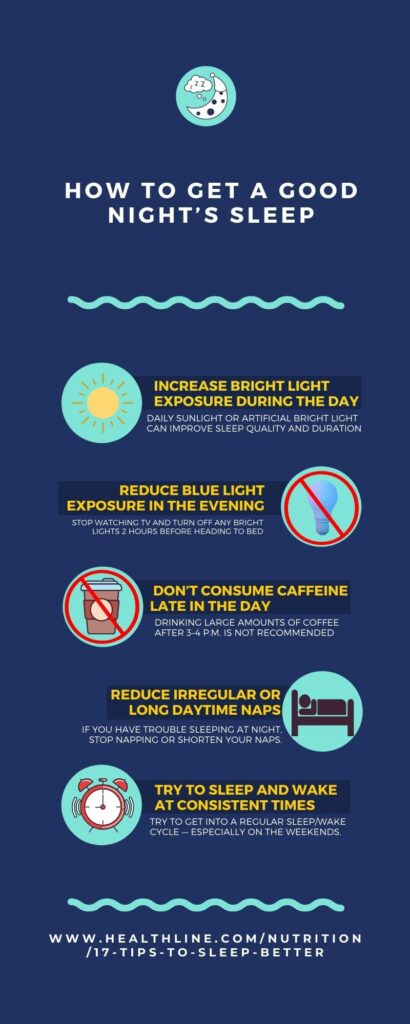
Group members:
Ruijie Yang (V00923327); Yiran Cao (V00950284); Tian Xiao (V00972639); Yixi Chen (V00871435)
Learning outcomes:
By the end of this course students should be able to:
- Learn about sleep and improve learner’s understanding of good sleep
- Change people’s misperceptions about sleep
- Understand the impact of sleep quality on the human body and psychology, such as the impact of insomnia
- Learn some ways to relieve insomnia and improve the quality of sleep
Step 1: Pre-Class Videos and Readings
(10 minutes or less)
In this course, we will introduce the knowledge about sleep and how to sleep better. Although sleep is a requirement of human life, it is difficult for some people to have high-quality sleep. Insufficient sleep can cause psychological and physical problems, and sleep quality plays a vital role in human health.
To help you have a higher quality sleep, our courses will cover:
– The effect of sleep on the brain
– The health benefits of good sleep
– How to fall asleep quickly
– Ways to improve sleep quality
– Solutions to insomnia
Knowing these, you will understand sleep and improve your sleep quality. We will also introduce the connection between sleep and the brain. This is an introduction to some simple biological science theories. Finally, in class, you will be able to complete a short project with one or two classmates to apply all the knowledge you have learned.
If you encounter problems, you can leave a message on the blog for help from teachers at any time. Good luck!
This lesson requires you to prepare an electronic device that can access the Internet and watch videos, and an app that can record sleep records.
- What would happen if you didn’t sleep? – Claudia Aguirre (4 min)
- OPTIONAL – Foods To Eat Before Bed To Get A Better Night’s Sleep (2 min)
Step 2: Pre-Class Preparation Questionnaire
Link: https://www.flexiquiz.com/SC/N/a940a291-12a6-4c52-9cff-e7a3f72a15f2
Step 3: In-Class Active Learning Activities & Instruction
- The effect of sleep on the brain
Video: Sleep deprivation and memory problems (12 min)
Video: What Happens To Your Body And Brain If You Don’t Get Sleep (5 min)
- The health benefits of good sleep
Article:
https://docs.google.com/document/d/1C5t37HQAC_5_fa8Ils42A4mSdpHsV8VSeFCG3CPgzas/edit?usp=sharing
- How to fall asleep quickly
Video: How to fall asleep & How to sleep fast. (5 min
Video: How to fall asleep in 2 minutes. (7 min)
Article: Leonard, J. (2020, July 27). How to fall asleep fast: Methods to try. Fall Asleep. Retrieved from https://www.medicalnewstoday.com/articles/how-to-fall-asleep-fast
- Ways to improve sleep quality
Video: Sleep Smarter | Sleeping Science, How to be Better at it, &Feel More Refreshed. (7 min)
Presenter Slides:
https://docs.google.com/presentation/d/119yCdlzFyIUpffLsX5rDj_MRLC8qDJhdkp_BREgv8Ts/edit?usp=sharing
Article: Foley, L. (2020, December 17). How To Determine Poor Sleep Quality. Sleep Foundation. https://www.sleepfoundation.org/sleep-hygiene/how-to-determine-poor-qual ity-slee
- Solutions to insomnia
Presenter slides: https://docs.google.com/presentation/d/1UjBhLpHdRkOp4OSCjeHJ8C8HSDWz65TcOD5Cv6iQAEo/edit?usp=sharing
Article: Cole, J. (2017, Jul 27). Four tips to help you sleep tonight sleep. Chronicle – Herald Retrieved from http://search.proquest.com.ezproxy.library.uvic.ca/newspapers/four-tips-help-you-sleep-tonight/docview/1963176084/se-2?accountid=14846
Optional Material:
Markus Dworak, Robert W. McCarley, Tae Kim, Anna V. Kalinchuk and Radhika Basheer-Sleep and Brain Energy Levels: ATP Changes during Sleep
Step 4: Evaluation
- Use the diary (blog: https://www.wix.com/) to record the sleep situation, and write according to the data of the sleep record app. (Prime Sleep Recorder download link: Apple: https://apps.apple.com/us/app/prime-sleep-recorder/id968720724 Android: https://baixarapk.gratis/en/app/968720724/prime-sleep-recorder)
- Form a mutual aid group (2-4 members) to discuss possible insomnia problems and causes (voluntary, privacy issues) with group members. At the end of the course, group members make a presentation about how the knowledge they learned can be applied to reality.
- Write an article in blog: What have you learned through this course, whether your sleep problems have been improved, and how did you improve…
Step 5: Post Class Assessment & Course Feedback
Link: https://forms.gle/ehRpwm7e2eWEZKpv6
Multimedia Principle:
– Coherence principle: We exclude content that is irrelevant to the course materials to make the teaching content coherent and more attractive to the students’ interest in learning.
– Contiguity principle: We also consider align words to corresponding graphics when designing slides and the infographic.
– Segmenting principle: Our courses are designed according to the learning rhythm of the students, each point is related but not continuous, so that the students will learn more efficiently.
Theories Implement:
- Cognitive Theories:
For this part of the theory, our main goal is to enable learners to enrich their cognition by reading articles and watching videos. Because regardless of learning any aspect of knowledge, the first step is to absorb or acquire knowledge to complete. Secondly, we hope that students can have a self-understanding of the acquired knowledge. For example, learning what causes insomnia and how to change it.
- Constructivist Theories:
Regarding the use of constructivist theory, we believe that students need to focus on their self-awareness and carry out activities. For example, the group presentation activities we have taken are to satisfy this theory. The group members need to select topics related to this course, and then complete a group presentation through their own research and group discussions. So as to use the group as the learning tool to complete the learner’s own knowledge exploration.
Bibliography:
A.D.A.M. Medical Encyclopedia. (2018, August 5). Vaccines (immunizations). Retrieved November 16, 2020, fromhttps://medlineplus.gov/ency/article/002024.htm
Cermakian, N., Lange, T., Golombek, D., Sarkar, D., Nakao, A., Shibata, S., & Mazzoccoli, G. (2013). Crosstalk between the circadian clock circuitry and the immune system. Chronobiology international, 30(7), 870–888. https://www.tandfonline.com/doi/full/10.3109/07420528.2013.782315
Cole, J. (2017, Jul 27). Four tips to help you sleep tonight sleep. Chronicle – Herald Retrieved from http://search.proquest.com.ezproxy.library.uvic.ca/newspapers/four-tips-help-you-sleep-tonight/docview/1963176084/se-2?accountid=14846
Division of Sleep Medicine at Harvard Medical School. (2007, December 18). Sleep, Learning, and Memory. Retrieved November 16, 2020, from http://healthysleep.med.harvard.edu/healthy/matters/benefits-of-sleep/learning-memory
Dua, S., Ruiz-Garcia, M., Bond, S., Durham, S. R., Kimber, I., Mills, C., Roberts, G., Skypala, I., Wason, J., Ewan, P., Boyle, R., & Clark, A. (2019). Effect of sleep deprivation and exercise on reaction threshold in adults with peanut allergy: A randomized controlled study. The Journal of allergy and clinical immunology, 144(6), 1584–1594.e2.https://www.jacionline.org/article/S0091-6749(19)30934-0/fulltext
Dworak, M., McCarley, R., Kim, T., Kalinchuk, A., & Basheer, R. (2010). Sleep and Brain Energy Levels: ATP Changes during Sleep. Journal Of Neuroscience, 30(26), 9007-9016. https://doi.org/10.1523/jneurosci.1423-10.2010
Foley, L. (2020, December 17). How To Determine Poor Sleep Quality. Sleep Foundation. https://www.sleepfoundation.org/sleep-hygiene/how-to-determine-poor-quality-slee
Irwin M. R. (2019). Sleep and inflammation: partners in sickness and in health. Nature reviews. Immunology, 19(11), 702–715.https://www.nature.com/articles/s41577-019-0190-z
Leonard, J. (2020, July 27). How to fall asleep fast: Methods to try. Fall Asleep. Retrieved from https://www.medicalnewstoday.com/articles/how-to-fall-asleep-fast
Zimmermann, P., & Curtis, N. (2019). Factors That Influence the Immune Response to Vaccination. Clinical microbiology reviews, 32(2), e00084-18. https://cmr.asm.org/content/32/2/e00084-18
